


Quote: Originally posted by j_sum1  |
Quote: Originally posted by zts16  |
Quote: Originally posted by blogfast25  |
Quote: Originally posted by No Tears Only Dreams Now  |

Quote: Originally posted by blogfast25  |
Quote: Originally posted by blogfast25  |
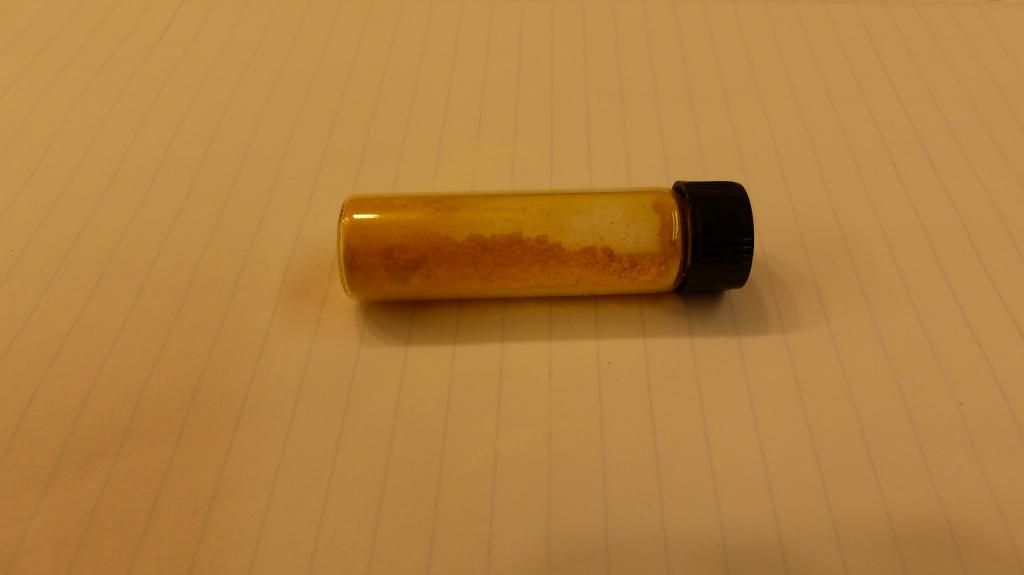

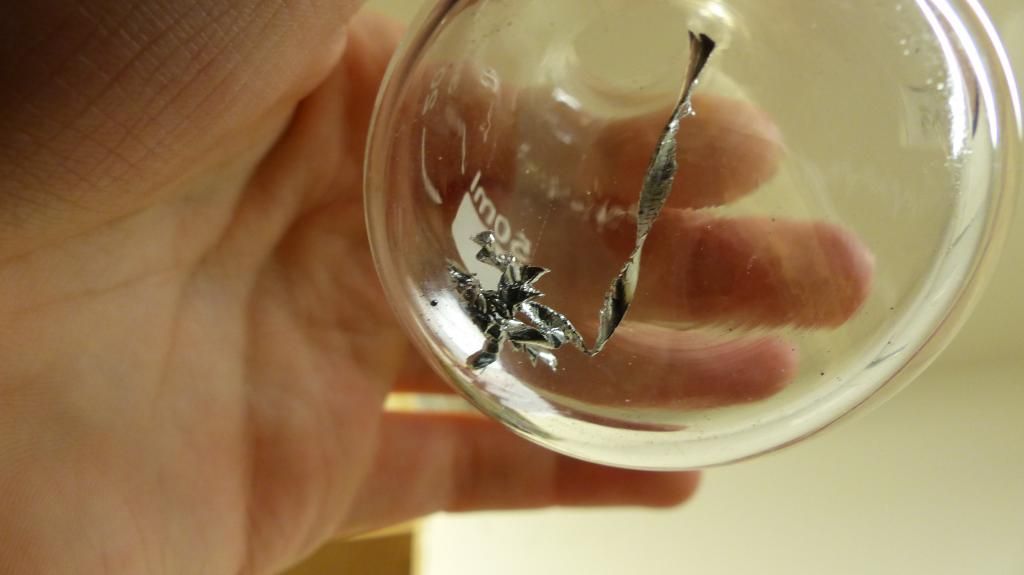
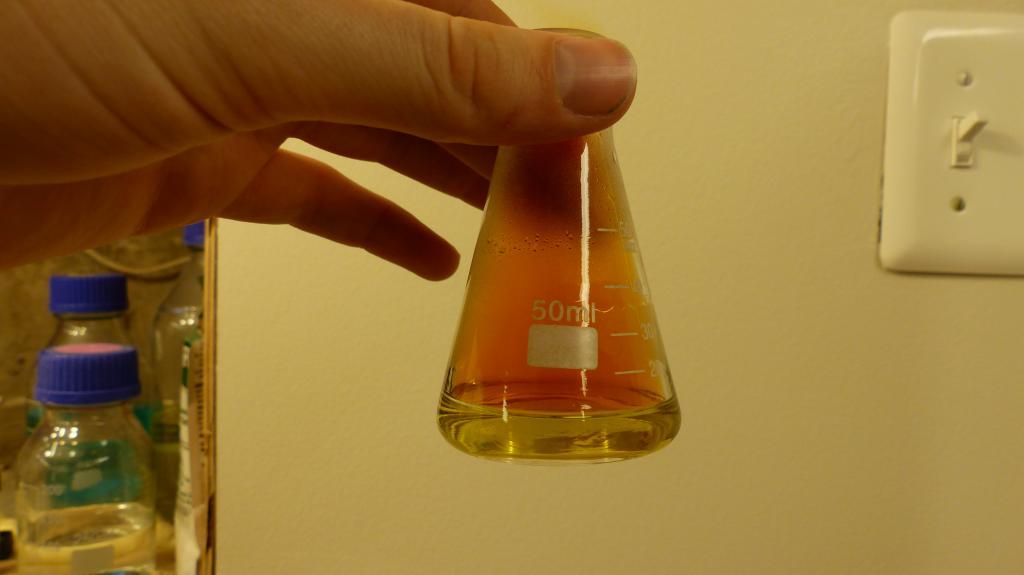
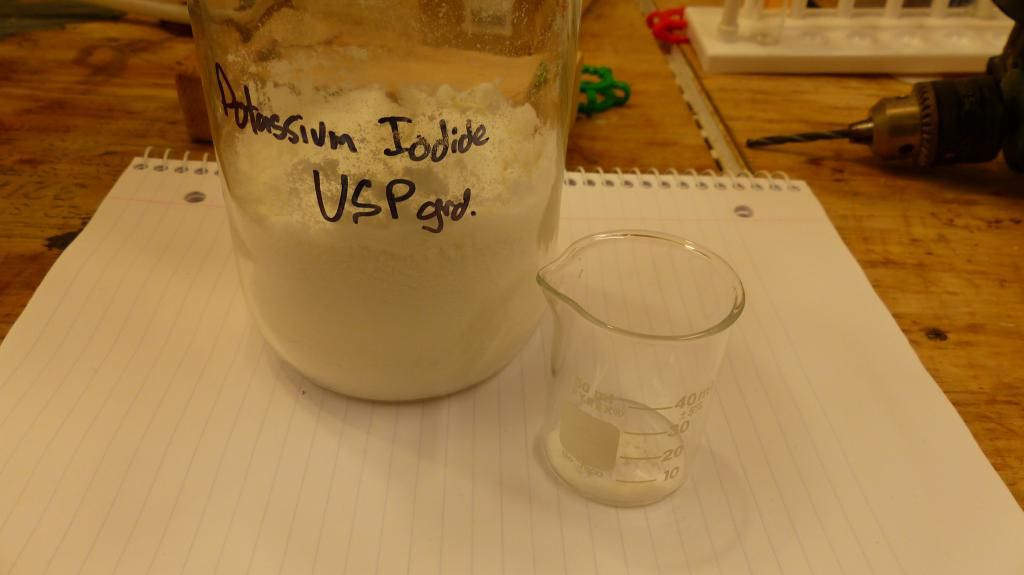

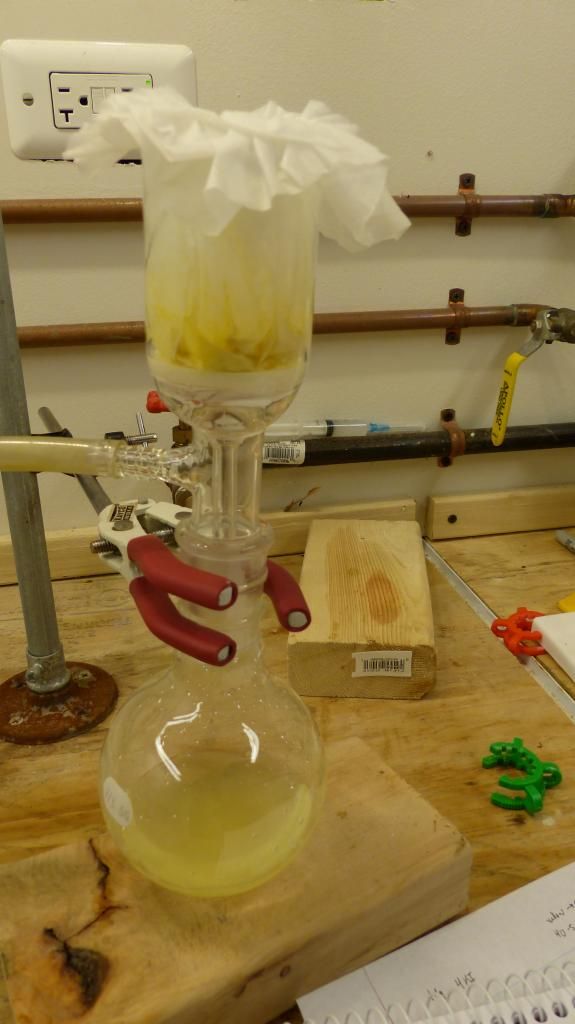
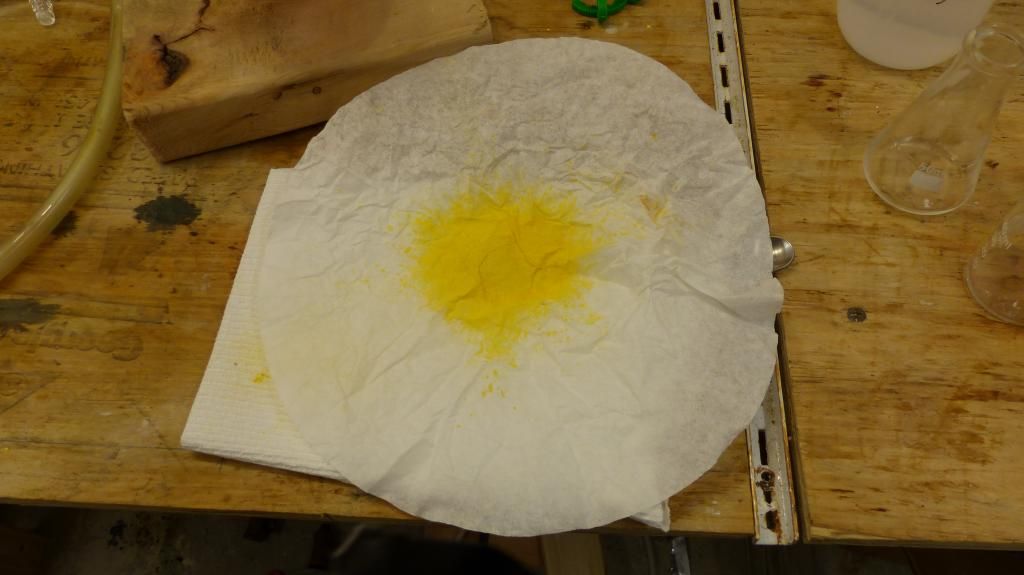
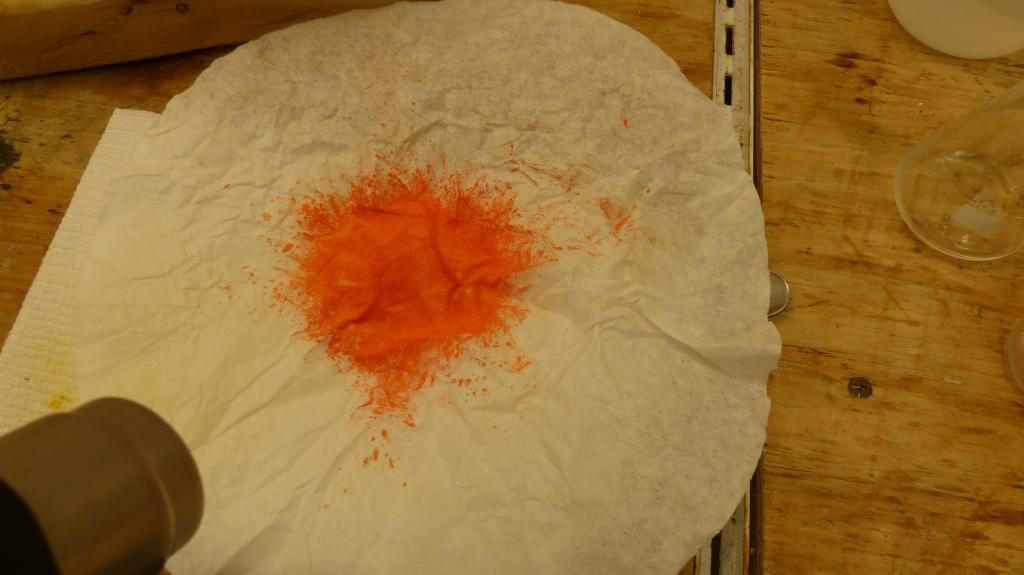
Quote: Originally posted by aga  |
 Even if you did, you'd be tied with him. And since he's chronologically
first...
Even if you did, you'd be tied with him. And since he's chronologically
first...
Quote: Originally posted by The Volatile Chemist  |

Quote: Originally posted by Tsjerk  |
Quote: Originally posted by zts16  |

Quote: Originally posted by HeYBrO  |
Quote: Originally posted by Brain&Force  |
Quote: Originally posted by Etaoin Shrdlu  |


Quote: Originally posted by Brain&Force  |
Quote: Originally posted by Brain&Force  |
Quote: Originally posted by bismuthate  |
 .
.Quote: Originally posted by Brain&Force  |
Quote: Originally posted by The Volatile Chemist  |
| Quote: |

Quote: Originally posted by Mesa  |
Quote: Originally posted by bismuthate  |
Quote: Originally posted by aga  |

Quote: Originally posted by Cheddite Cheese  |
Quote: Originally posted by blogfast25  |
Quote: Originally posted by No Tears Only Dreams Now  |

Quote: Originally posted by Brain&Force  |
Quote: Originally posted by Praxichys  |

 )
)
Quote: Originally posted by aga  |
Quote: Originally posted by aga  |
Quote: Originally posted by Oscilllator  |

Quote: Originally posted by Brain&Force  |

Quote: Originally posted by Etaoin Shrdlu  |

Quote: Originally posted by bismuthate  |
Quote: Originally posted by blogfast25  |
Quote: Originally posted by bismuthate  |
Quote: Originally posted by bismuthate  |
Quote: Originally posted by unionised  |